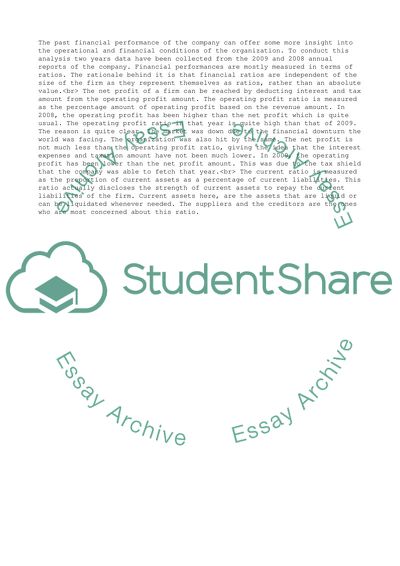Cite this document
(Financial Performance and Equity Value of EasyJet Plc Case Study, n.d.)
Financial Performance and Equity Value of EasyJet Plc Case Study. Retrieved from https://studentshare.org/business/1735768-financial-reporting-analysis
Financial Performance and Equity Value of EasyJet Plc Case Study. Retrieved from https://studentshare.org/business/1735768-financial-reporting-analysis
(Financial Performance and Equity Value of EasyJet Plc Case Study)
Financial Performance and Equity Value of EasyJet Plc Case Study. https://studentshare.org/business/1735768-financial-reporting-analysis.
Financial Performance and Equity Value of EasyJet Plc Case Study. https://studentshare.org/business/1735768-financial-reporting-analysis.
“Financial Performance and Equity Value of EasyJet Plc Case Study”, n.d. https://studentshare.org/business/1735768-financial-reporting-analysis.


